
Foot Locker plans to close 400 mall-based stores across North America by 2026, the largest reduction in its 50-year history. This represents roughly 10% of its global store base and signals a major shift for communities and malls alike.
Over 7,100 U.S. stores closed in 2024, the steepest annual surge since 2020. Foot Locker’s closures arrive amid this broader retail contraction, leaving shoppers and employees facing uncertainty. However, early signs in store traffic hint that bigger changes were already under way.
Why Foot Locker Is Cutting Stores
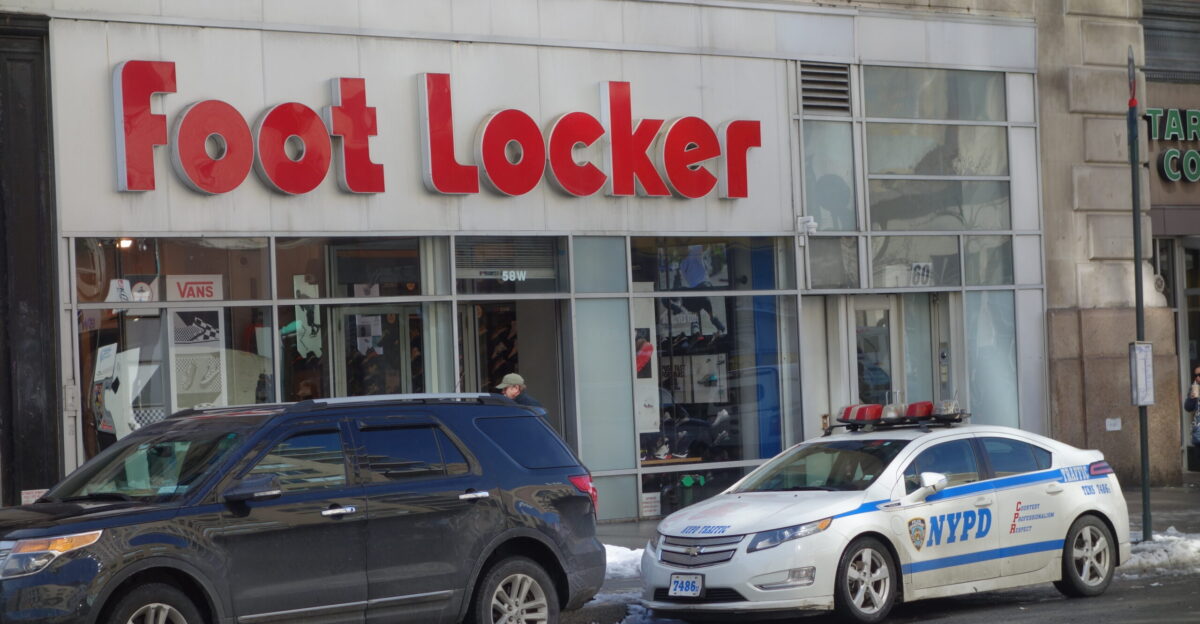
Executives blame an “exceptionally challenging” retail environment. Declining mall traffic, rising costs, and shifting consumer habits underpin the decision to close underperforming locations under the Lace Up Plan, announced by CEO Mary Dillon in March 2023.
“Our Lace Up Plan is designed to revitalize the brand and drive long-term growth, even as we navigate a very difficult environment.” —Mary Dillon, CEO, March 2023. These changes aim to reposition the company for the rise of e-commerce and new retail formats.
Shoppers Face Lost Local Access
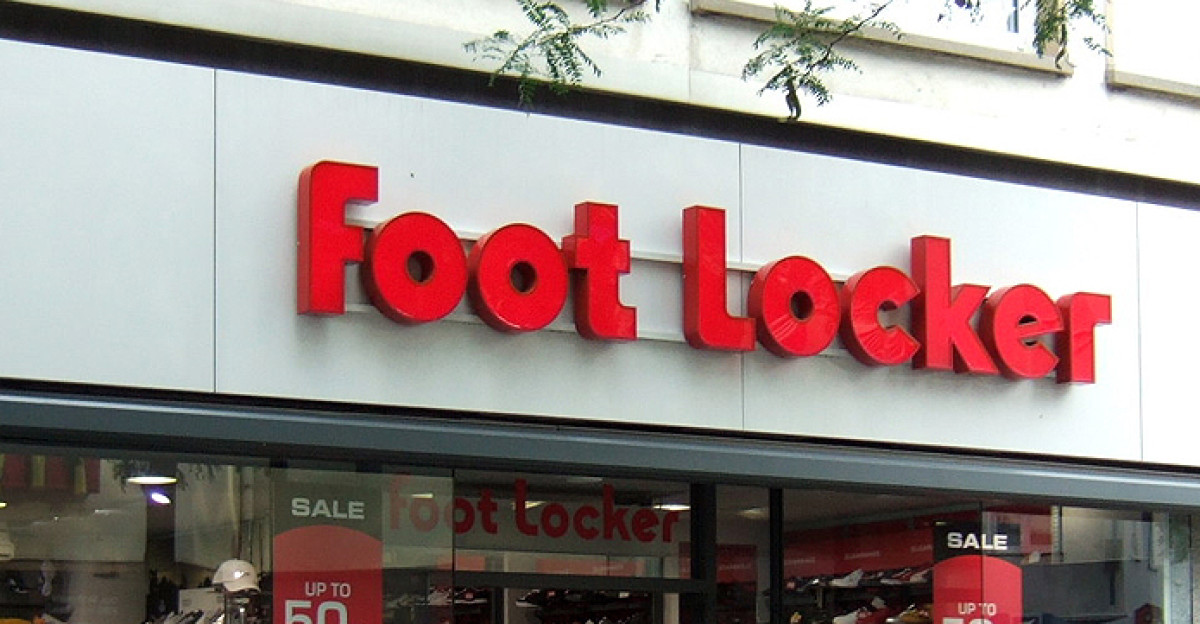
In dozens of cities, neighborhood Foot Locker stores will disappear. Loyal customers lose convenient access to athletic footwear and apparel, pushing many toward online and discount channels. The closures accelerate existing shifts in shopping behavior and disrupt routines for families and sneaker enthusiasts.
These changes highlight how mall-based retail is losing relevance. As stores vanish, questions emerge about alternative shopping habits and what this means for local communities’ retail landscapes.
Restructuring Through Experience Stores

Foot Locker is reinvesting in more than 400 “experiential” locations with digital integration. Flagship stores are being reimagined as immersive, community-driven hubs designed to attract shoppers seeking more than traditional retail.
The remodeling continues throughout this year as part of the Lace Up transformation. Could these new store concepts successfully offset the impact of widespread closures and rekindle customer loyalty?
Competitors Ready to Capture Market
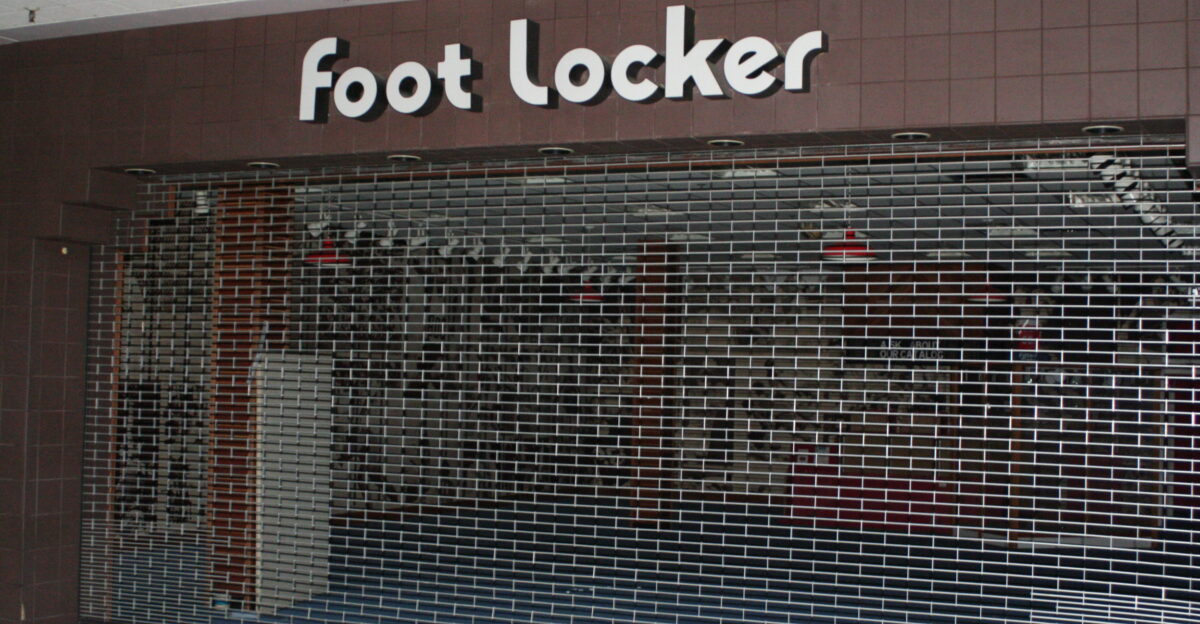
As Foot Locker retreats, competitors like Dick’s Sporting Goods and online-first athletic brands are positioned to absorb displaced shoppers. Value-focused retailers and specialty discounters may also see traffic increase.
The shifting market shows how consumer spending patterns follow availability. Observing competitor strategies now offers insight into how mall-based retail may evolve in the coming years.
International Ripple: Global Closures

Earlier this year, Foot Locker closed 56 stores in markets like South Korea, Denmark, Norway, Sweden, Greece, and Romania. These exits reflect a global refocusing on profitable regions and long-term investment priorities.
The international closures suggest that Foot Locker’s challenges extend beyond North America. How global consumers adapt could redefine brand loyalty worldwide.
Job Losses Loom Large

Store closures may eliminate 2,000 to 4,000 positions, including associates, managers, and support staff. Foot Locker has not disclosed exact figures, but labor models indicate significant human costs.
For affected employees, these changes bring sudden uncertainty. Watching how local job markets adjust can offer clues to the broader economic ripple effects of the closures.
Policymakers Brace for Impact
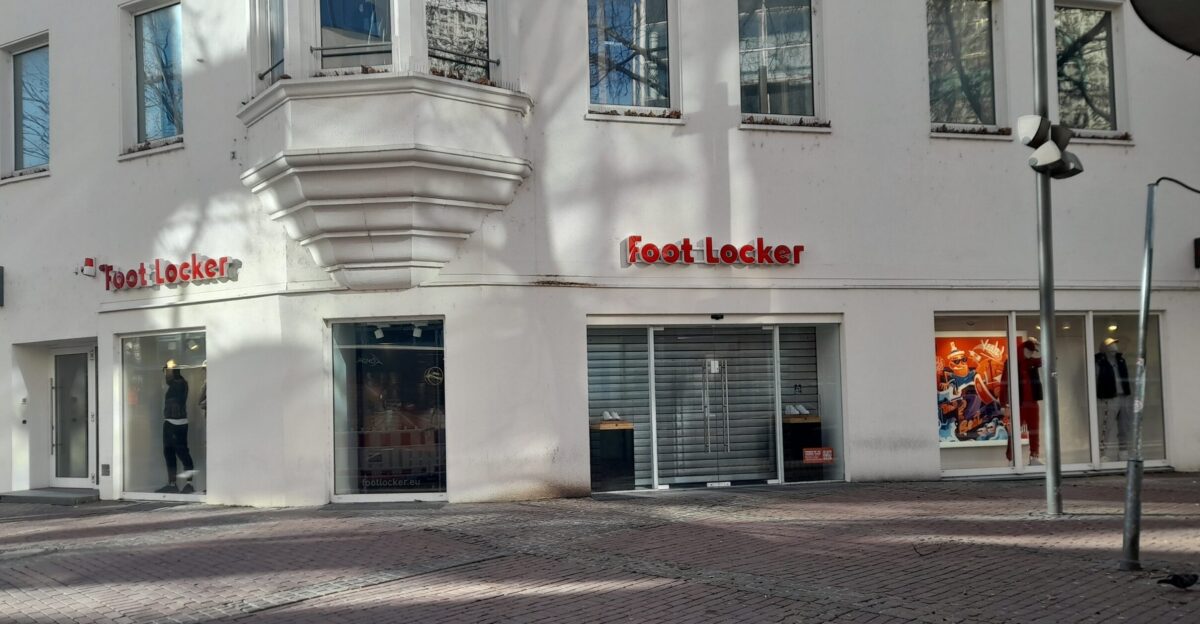
Communities face economic consequences as anchor retail jobs vanish. Local governments are exploring retraining programs, incentives, and mall repurposing strategies to offset the financial shock.
These measures reveal how intertwined retail health is with local economies. Observing policy responses may indicate which areas are more resilient to widespread store closures.
The Retail Landscape in Flux
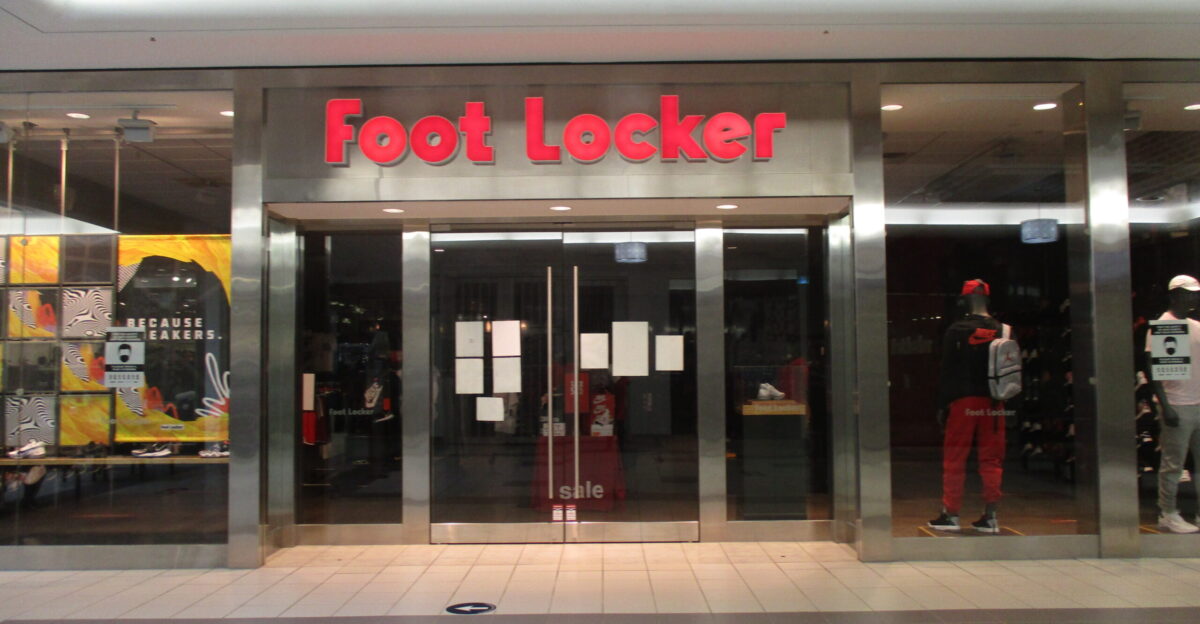
Over 7,100 U.S. stores closed in 2024—a 69% increase from the prior year. The decline of mall anchors accelerates cascading failures for surrounding retailers and reshapes the traditional American shopping model.
This evolving landscape raises questions about the future of in-person shopping. Could the next wave of closures permanently change suburban retail hubs?
Consumers Shift to Online Channels
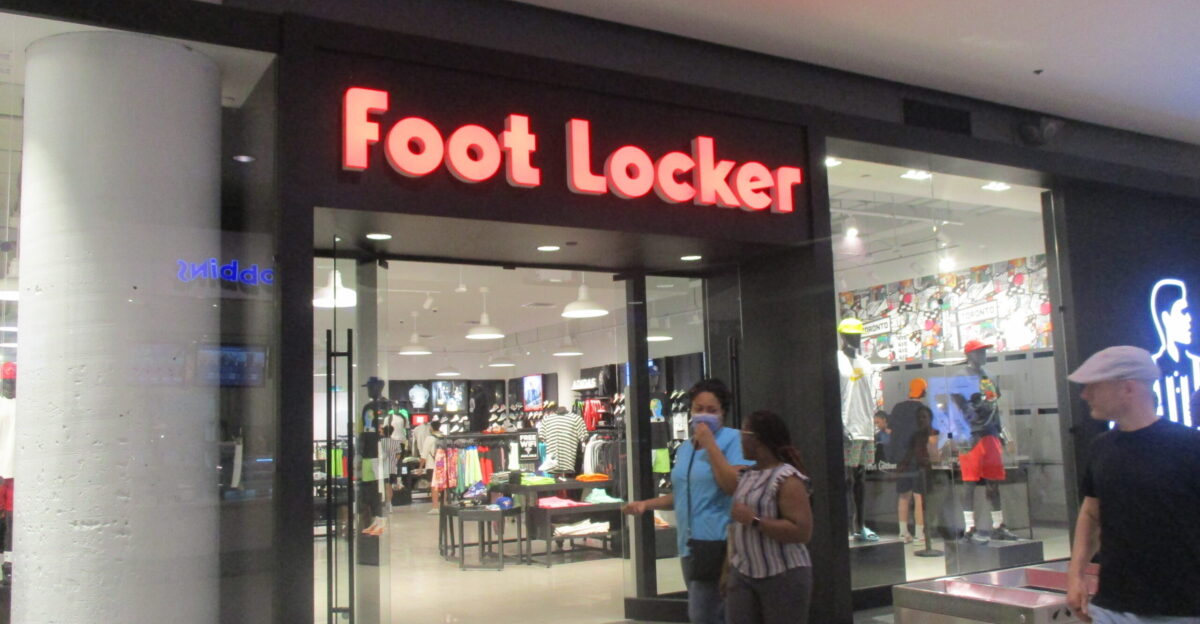
As malls shrink, shoppers increasingly rely on online sites, direct-to-consumer platforms, and off-mall discounters for athletic gear. Digital convenience now dominates over traditional mall trips.
Behavioral changes suggest that convenience and experience-first retail are winning. Tracking how these habits solidify will hint at which mall-based concepts might survive longer-term.
Malls at a Cultural Crossroads
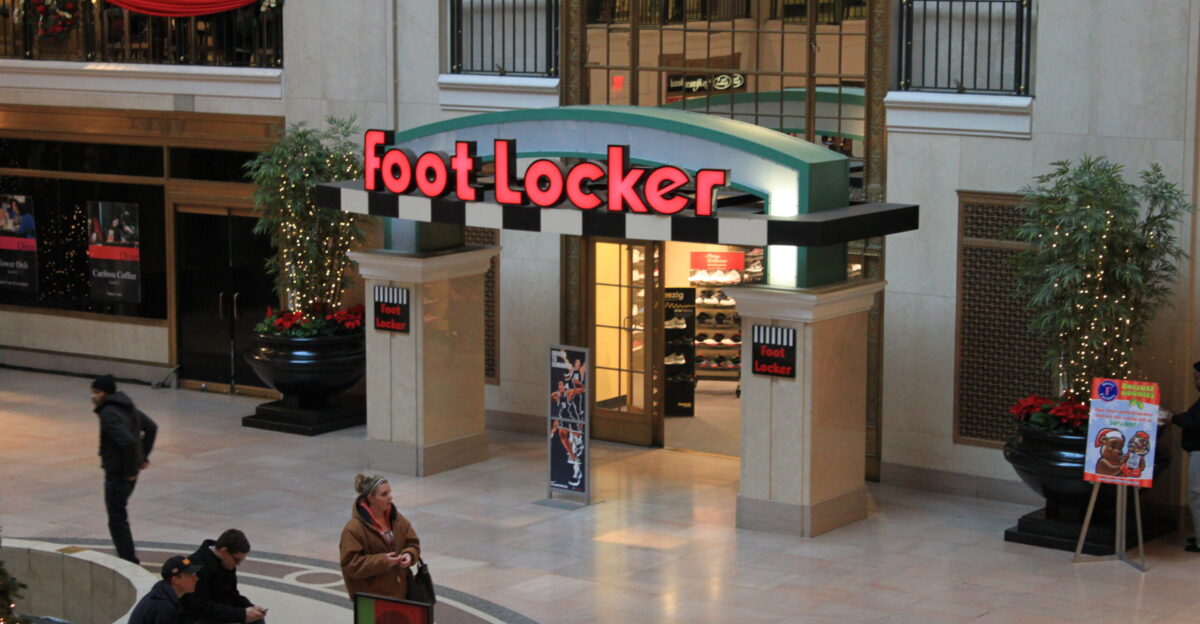
Foot Locker’s closures reignite debates about the future of American malls. Vacancies are rising, and communities are exploring mixed-use developments or entertainment centers as replacements for traditional retail.
Why did malls, once central to consumer culture, become nearly obsolete within a decade? This cultural shift hints at the broader challenges facing all anchor tenants.
International Shoppers Adapt
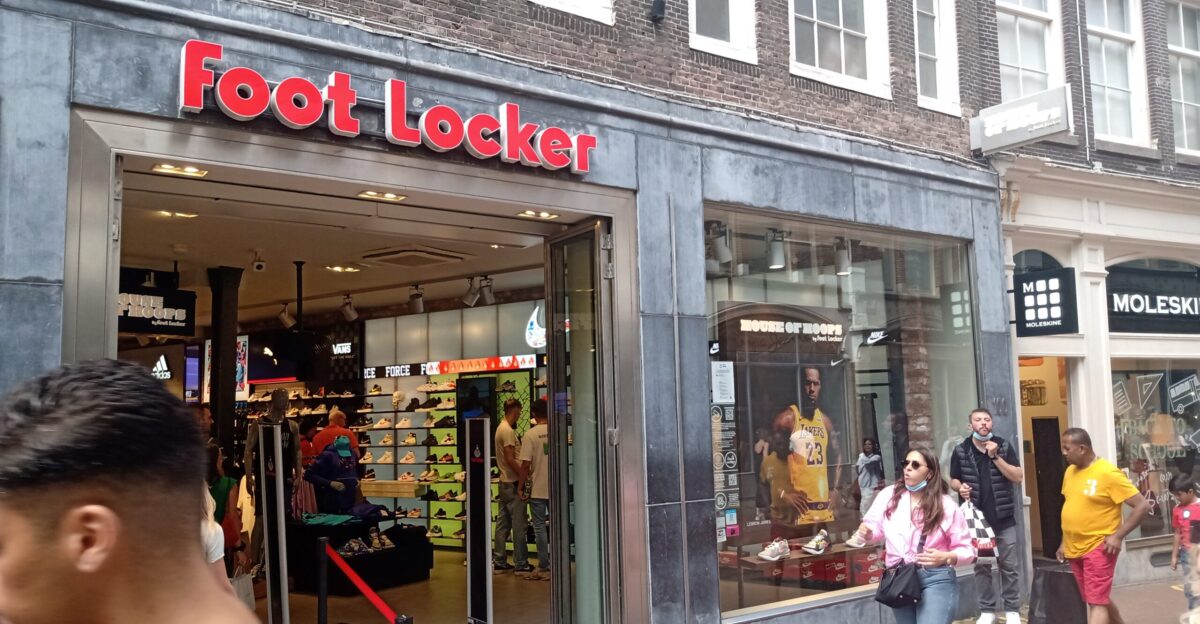
In Europe and Asia, local brands and global e-commerce platforms are gaining share as Foot Locker retreats. Digital engagement and new shopping channels increasingly shape consumer behavior.
Global shifts highlight how easily brand loyalty can be tested. The fragmentation of athletic retail abroad mirrors changes already unfolding in North America.
Winners and Losers Emerge
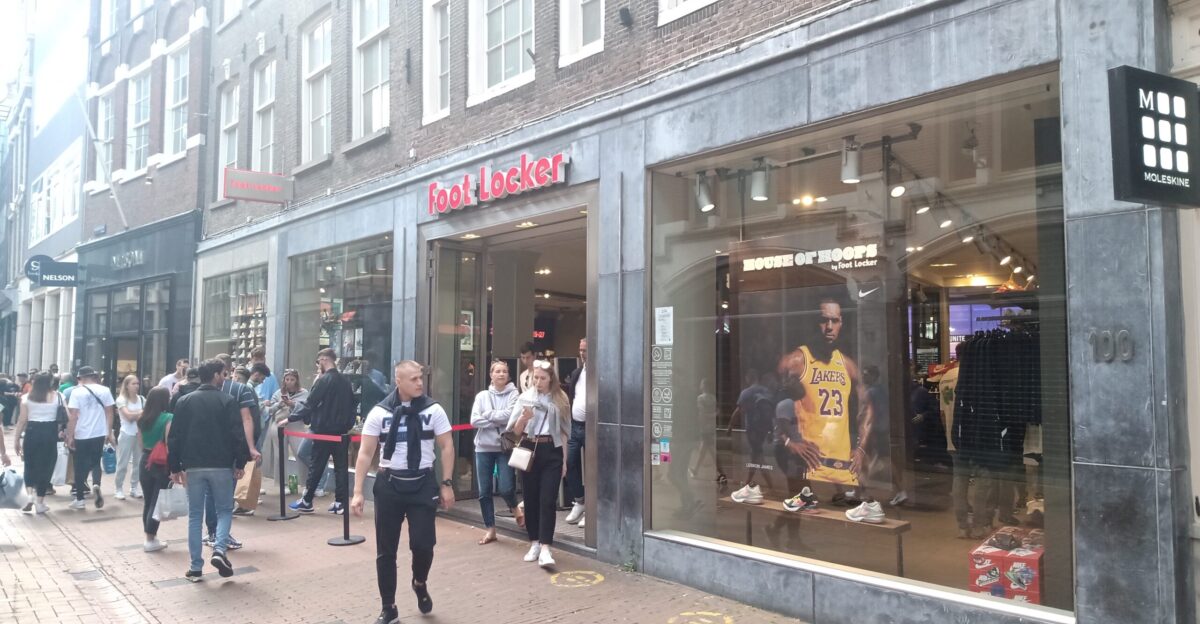
Discount chains, digital-first brands, and omnichannel platforms stand to gain as Foot Locker exits malls. Consumers seeking better prices and exclusives are driving market share redistribution.
These winners underscore the advantage of flexibility in retail. Watching which brands capture former Foot Locker customers will reveal how the athletic market evolves next.
Financial Tips Amid Retail Turmoil
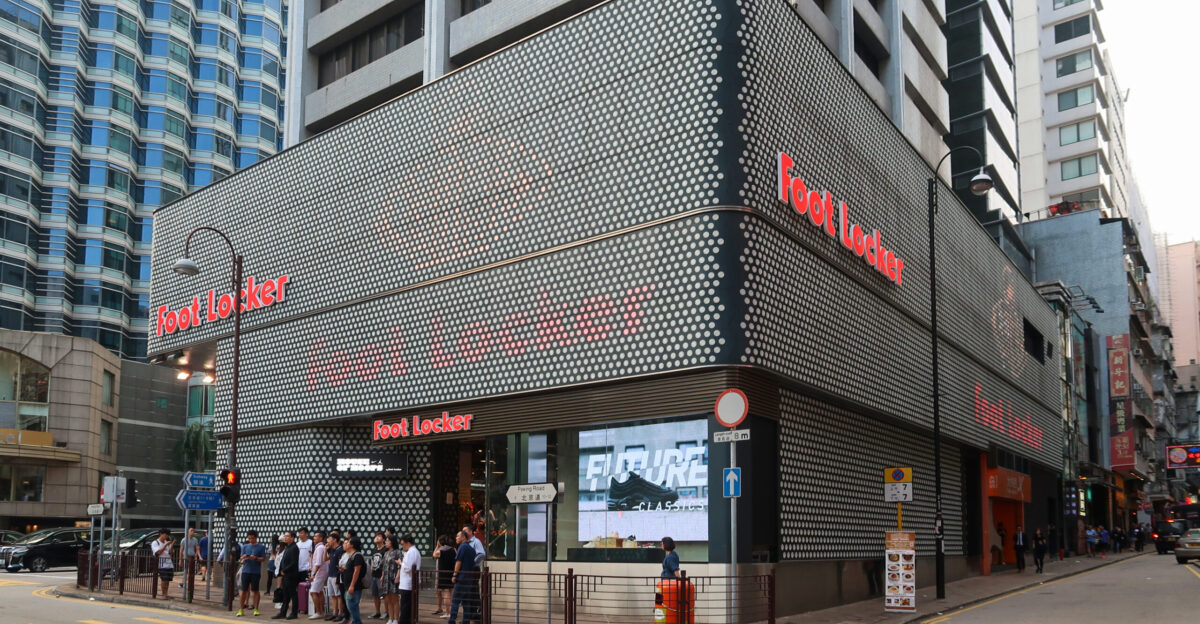
Shoppers should track closures, hunt clearance deals, and remain flexible. Experts recommend saving, comparison shopping, and using trusted online platforms as supply and location options shift.
Staying ahead of retail trends can save money and reduce stress. Could adaptive strategies help consumers navigate this turbulent market while retailers continue reshaping the landscape?
What’s Next for Retail

Foot Locker’s $2.4 billion acquisition by Dick’s Sporting Goods in September 2025 signals the end of an era. Digital-first consumers and evolving malls define the next chapter of American retail.
Innovation, resilience, and transformation will shape this phase. How Foot Locker, its competitors, and malls respond will determine which shopping experiences thrive in the years ahead.


